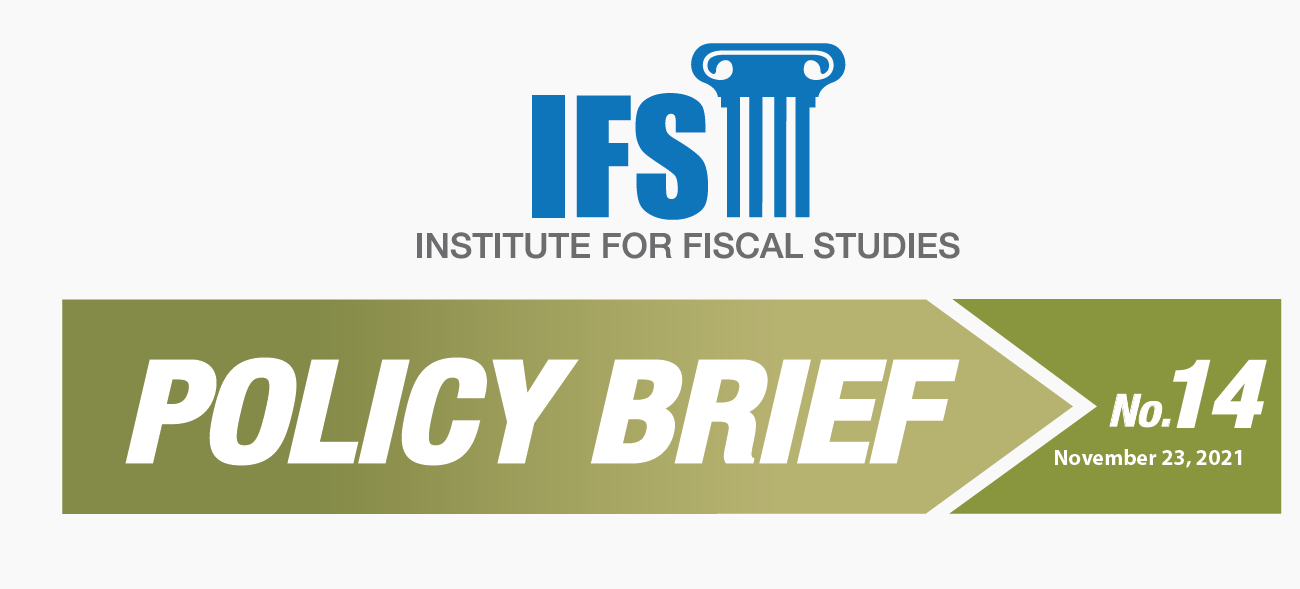The Role of the Extractive Sector in Ghana’s Comparatively Low Public Sector Revenue Mobilization [Policy Brief No.11]
August 23, 2021
Assessment of Ghana’s 2022 budget – Institute for Fiscal studies
January 26, 2022The Institute for Fiscal Studies’ Assessment of the 2022 Budget
Ghana has been facing a very difficult fiscal situation for quite some time. Since 2012, the country has run large fiscal deficits, which have led to rapid debt build-up. The ratio of public debt to GDP, which stood at less than 29.1% in 2011, climbed swiftly to 55.6% in 2016. This led to a sharp increase in interest expenditure from 13.2% of total revenue and grants in 2011 to 35.8% in 2016.
In 2017–2019, the officially declared budget deficit fell to an average of 4.4% of GDP from an average of 6.5% of GDP in 2013–2016. However, in addition to the borrowings used to finance the declared deficits in this period, the government embarked on massive extra-budgetary borrowing mainly to fund the public intervention in the financial sector and contingent liabilities in the energy sector.
Therefore, if these borrowings and spending were accounted for within the national budget, the fiscal deficit ratios would be far more than the officially declared ones in this period. This, therefore, kept the public debt on an upward trajectory, reaching 61.2% of GDP in 2019. Interest expenditure also jumped to 37% of revenue in 2019, and by this time, Ghana was already facing one of the largest debt interest payment burdens in the world. In 2020, the impact of the Covid-19 pandemic and election-motivated public spending widened the official fiscal deficit to 11.7% of GDP, which drove up the public debt dramatically to 76% of GDP. Consequently, interest expenditure further ballooned to 44.6% of total revenue. This grave fiscal situation at the end of 2020 required the government to embark on urgent and credible fiscal consolidation from 2021 onwards.
